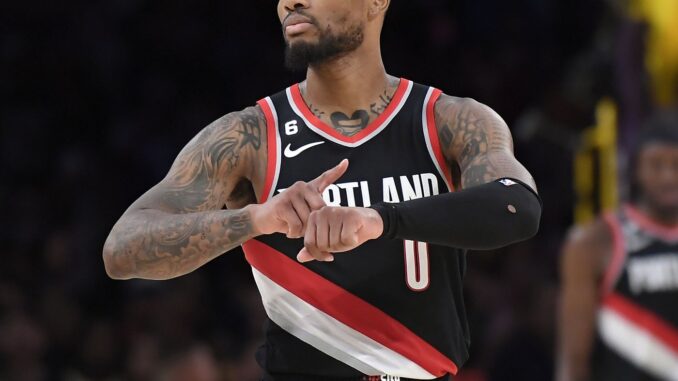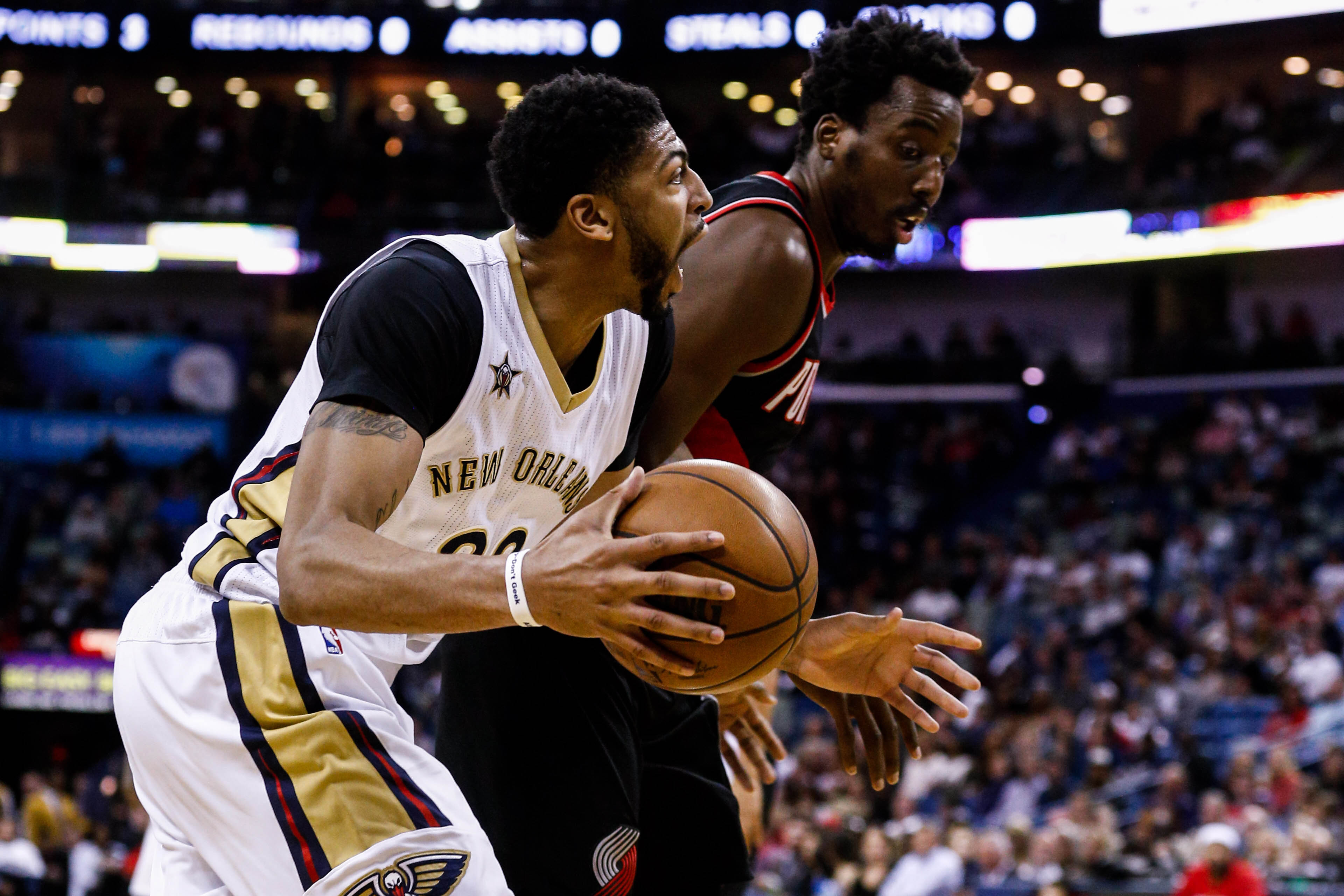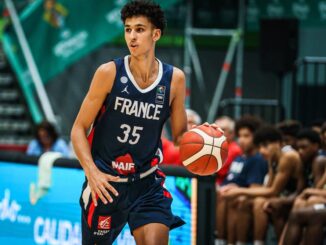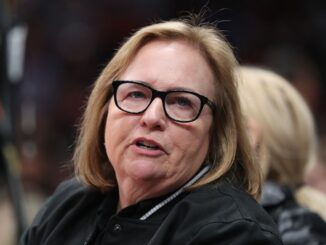
The game of basketball is like pizza.
No matter what you do to it or how bad you make pizza – it’s still pizza, and it can’t be that bad.
To put it in NBA terms, the Boston Celtics would be like a Michelin-star pizza restaurant in Italy – the cream of the crop.
The Houston Rockets are a two-day-old pile of crusts you found in a dumpster.
And the Portland Trail Blazers?
They are Little Caesars.
Not so terrible that it will kill you, but it more resembles a sloppy oily mess on cardboard than an actual pizza.
The Blazers sit on the very edge of the playoff bubble, waffling between 10th and 12th place in the Western Conference standings over the last few weeks.
Most of the time, they appear messy, sloppy, and largely disinteresting, relying on one thing to save them – just like a Little Caesars pizza. While little Caesars may lean on their price, the Blazers lean on Damian Lillard.
The man can put up 50-point or even 60-point efforts every night, which wouldn’t matter. The team simply doesn’t have the supporting cast around him to be a true contender.
To be fair, the team made that expectation clear early in the season.
General Manager Joe Cronin said that the team does not feature a win-now roster and has not pushed all their chips to the middle.
Which begs the question, what does that look like?
This is a team with a Franchise icon, one of the best in the modern game. Theoretically, he has a solid supporting cast of Jusuf Nurkic, Jerami Grant, Josh Hart, and Anfernee Simmons.
That’s probably not an NBA title-winning squad, but it should be a mid-tier playoff team on paper.
Yet, here the Blazers are, struggling to get anything resembling consistency from anyone outside of Lillard and on the bubble of missing the play-in round.
To be fair to the Blazers, the bottom of the Western Conference is a mess. The gap between the sixth seed and the No. 12 position (where they are currently) was two games as of Monday. One little swing could significantly affect how the team is viewed. The Blazers probably do not have the ability to construct an NBA title-winning squad, bringing them to a crossroads. They could easily be a mid-tier playoff team. They could also be a mid-tier team that misses the playoffs entirely but is just good enough to get a top 3 pick in the lottery. That is the core of the Blazers’ problem and has been for some time. They are not good enough to win it all, but not bad enough to be getting the top draft picks needed to rebuild fully.
As currently constructed, they don’t have the running mate (s) Lillard needs to succeed, their coach, Chauncey Billups, doesn’t seem to be able to instill the right mentality or system to make the best use of the pieces the team does have. They have no clear path to getting over those hurdles. All those issues were displayed when the Blazers blew a 25-point lead and lost by nine to a Lakers team below them in the standings. Then the next night did the exact thing a playoff team should do, quickly dispatched a tanking San Antonio squad and nearly put up 150 points. But on Saturday against the Toronto Raptors, the Blazers never led in the game, with the Raptors Toronto up 37-14 after the first quarter. Billups appears to be overmatched in the job turning the Blazers into a consistently performing team.
However, he’s just a year and a half into a five-year contract, and it’s difficult to see a team that may be sold in the near future adding a fired coach’s contract obligations to a sale, especially with the team having no clear course, but stranger things have happened.
Last season the team shipped out the best running mate Lillard has had in CJ McCollum. They turned that into a draft pick and Josh Hart. With Hart’s contract expiring this offseason, he’s one of the Blazers’ best trade chips before the deadline. However, Hart is not having a great season, with his offensive efficiency down pretty much across the board. He will not likely bring back enough assets to change the Blazers’ trajectory significantly.
The team could clean the house around Lillard and try to move Nurkic, Hart, and Gary Payton II and see what they bring back. That approach could work either by going into full tank mode for the rest of the season or hoping that a changeup brings in personnel that better fit what Billups wants to run and who can better support Lillard.
However, neither is guaranteed to move the team out of Lillard Caesars’ mode. You can swap around the toppings all you want, but at the end of the day, Little Caesars is still Little Caesars, and the Blazers would likely be looking at a similar position they are in now – somewhere between sixth and 12th place.
That brings us to the most uncomfortable idea. The prospects of building a true title contender around Lillard appear bleak, at least in a timeline where he would still have any prime years left. Is it time to start shopping for Lillard?
Yes, he signed a contract extension last summer that would keep him around until 2026. Yes, he is the greatest player in the team’s history. Yes, he is an icon.
But the Blazers signed him to that contract and assembled a roster that is not all in. How many years does it take them to assemble a roster that is? Another year? 2 years? At that point, the financial commitments to Lillard are becoming more significant, and the player you are building around is nearly 35. Don’t tell the Los Angeles Lakers, but that’s not a great time to begin constructing an “all-in” roster.
Trading Lillard would be a franchise-altering move that would shatter the hopes and dreams of Portland fans. But the Blazers are not winning a title anytime soon, with or without Damian Lillard, so unless Blazers fans want to be eating the Little Caesars of basketball forever, it might be a move they will have to learn to stomach.




